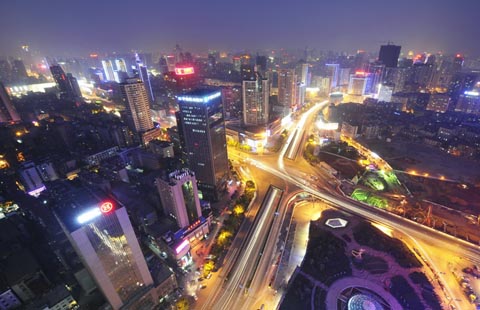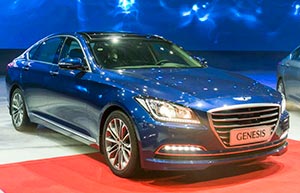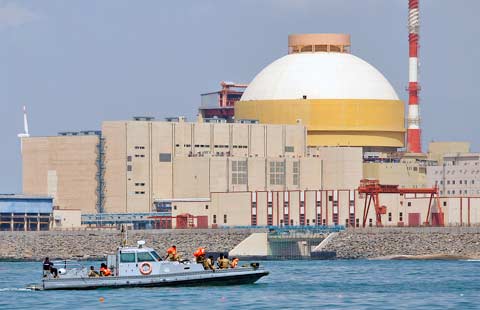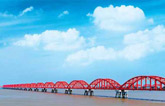Harnessing the winds of change
By Fu Jing (China Daily) Updated: 2014-08-25 07:16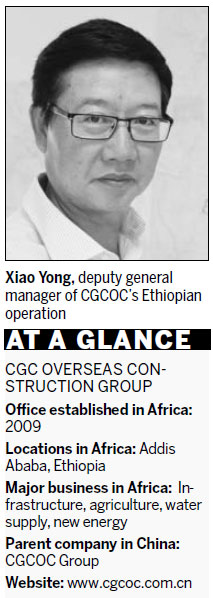
On the outskirts of Ethiopia's second-largest city, Adam, there is a stunning example of ancient methods meeting modern technology.
More than 100 three-blade wind turbines contrast dramatically with the agricultural backdrop of the East Africa rift valley, which has remained virtually unchanged for centuries.
Under the turbines, farmers still happily plant crops, or raise their cows or horses.
"The blend of smart energy and traditional farming is stunningly beautiful, and it has contributed significantly to Ethiopia's development," says Wang Wencai, who is in charge of the wind power project, being completed by China's CGC Overseas Construction Group.
When the two-phase, 200 mW wind farm hits full capacity, it will be the country's largest wind project.
Authorized by the Ethiopian Energy Authority, and financed with a low-cost $468 million loan from China, the site is being co-managed by CGCOC and its partner Hydro China.
Xiao Yong, deputy general manager of CGCOC's Ethiopian operation, says the Chinese company is also involved in water supply projects across the country, and glass production.
"All the projects are of significance for Ethiopia, which urgently needs to satisfy the basic needs of its people."
The land-locked country lacks energy and mineral resources, says Xiao, who says CGCOC has worked hard at researching the best ways to match China's strengths with the country's needs, particularly in relation to poverty reduction and economic growth, he says.
The wind farm is a perfect example: Ethiopia is rich in wind resources while China has gathered tremendous experience in building major wind projects from scratch.
"What's more, China can also offer low-cost financial support to such clean-energy projects," Xiao says.
His company has ambitious plans to persuade the Ethiopian authorities to expand their wind power capacity much further, using Chinese know-how, and its Rift Valley region offers the perfect sites, he says.
"We have submitted proposals to the Ethiopian government and so far the feedback has been positive."
He goes as far as suggesting that he and his company have ambitions to turn the country into what he calls a "green energy larder", based on wind and water-generated power.
Elsewhere in Ethiopia, France has also built a 120 mW wind farm, but it used mainly two-blade turbines, which many in the industry, including those in Ethiopia, now consider technology of the 1990s.
|
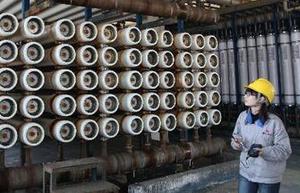 |
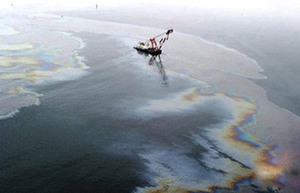 |
| Qingdao hosts Intl Conference on Desalination and Water Reuse | China fights pollution with new clean water plan |
- China's developed regions to aid Tibetan areas
- Organization to help boost Tibet's tourism industry
- 30b yuan lock-up shares eligible for trade
- Direct flights to link Jinan, Singapore
- Half-year profit of insurer China Pacific jumps 25.3%
- China's growth recovery takes pause but remains on track
- China Southern Airlines' fleet hits 600
- Demand from connoisseurs gives a new lease of life to yachting firms

